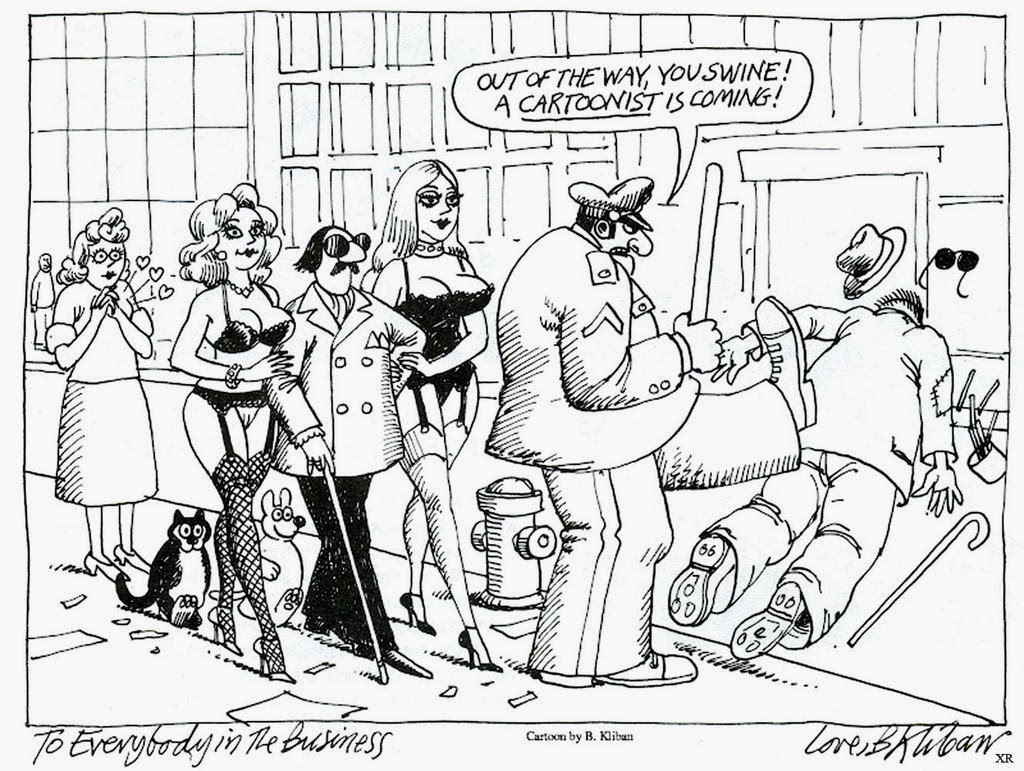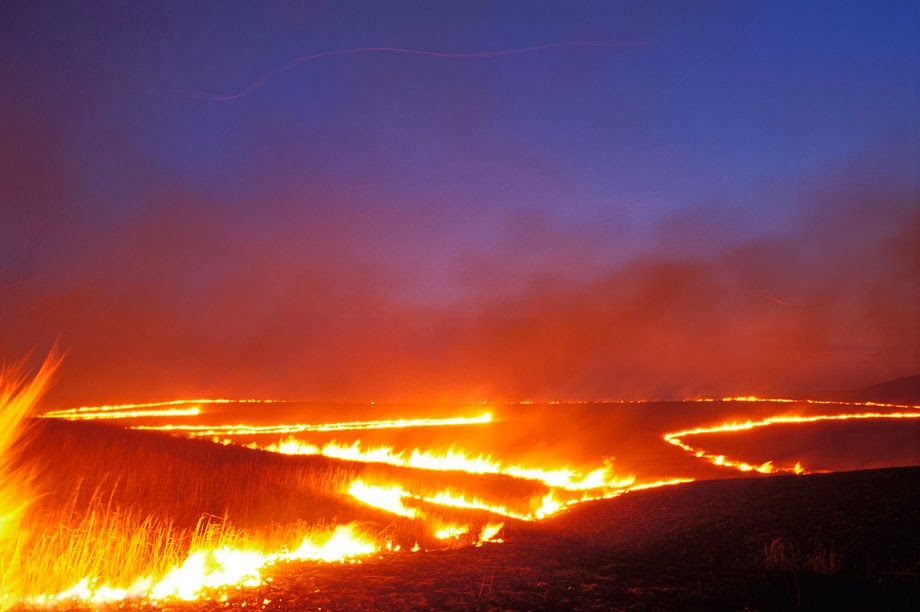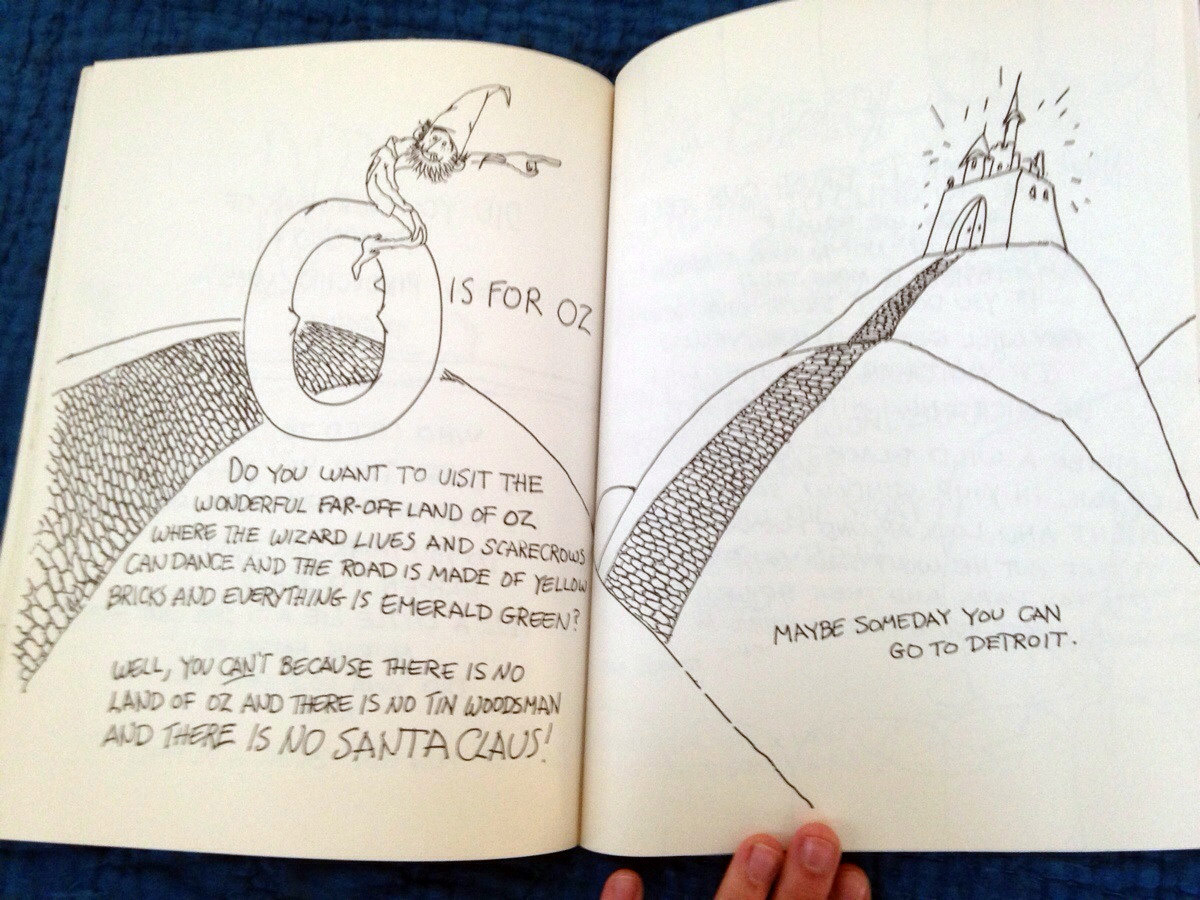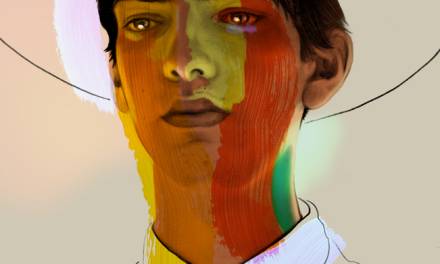by Arnie Fenner
When I worked at Hallmark—back in the days when someone who actually knew something about creativity was in charge—it was understood that an artist couldn’t produce their best work if they were chained to the drawing table all the time. A burned-out artist eventually wasn’t going to be able to meet deadlines, much less come up with what they called “fresh and compelling product.” So they’d occasionally give us a wad of cash (really: you’d go down to Accounting and a teller on the other side of a thick glass partition would dole out a stack of dough, the amount dependent on the city we were going to and for how long) and send us on research trips or to seminars or tradeshows or workshops. Other times they would send us to their on-site Creative Workshop where we’d experiment with techniques and materials we might not generally get a chance to use: I made paper, blew glass, fiddled with enameling, threw pots, learned silkscreening, blacksmithing, leather-craft, and any number of other artsy-stuff that had absolutely nothing to do with painting a greeting card or designing a party unit. The thought behind it (and the credit largely goes to the late George Parker during his tenure as Hallmark’s VP) was that artists need opportunities to recharge their batteries, they needed what they termed “creative renewal.”
Art of any kind, commercial or gallery, can’t be created in a vacuum. For it to resonate and find an audience, artists have to be mentally sharp, constantly expanding their skill-sets, and, above all else, remain connected with people. Every experience can lead to a great idea; every interaction can be a learning opportunity. Everything you see can prompt a new perception or interpretation. Artists have to be empathetic sponges: they have to take it all in and translate a confusing amalgam into cohesive work that communicates with others.
And you know what? Getting out and about—blowing the stink off, as my dad used to call it—works.
It doesn’t matter where you live, it doesn’t matter how much money you do or don’t have, there are always opportunities for creative renewal. Don’t lock yourself in your studio and live vicariously through others via the internet: virtual experiences aren’t the same as real ones.
Financial circumstances or location or timing are the typical reasons artists give for not doing…anything…and they’re really nothing more than bullshit excuses. When I was growing up neither my friends or myself had a lot of money, but if we wanted to go to a concert or a convention or an exhibition in another city or state, we piled into someone’s car, pooled our funds to pay for gas, took turns driving, brought as much food from home as we could carry, and sneakily shared a hotel room. (Remind me sometime to relate the story of The Rocketeer‘s young Dave Stevens, bookseller Bud Plant, and what I call “The Barfing Incident.”) It was cramped, crowded, exhausting, stupidly cheap, and incredibly fun. They were experiences that helped me grow and each activity and interaction and person encountered added up—sometimes sooner, sometimes later—to help me in one way or another become a better artist.
The nice thing is that there are opportunities to experience all kinds of great stuff every day of the year all over the world. All you have to do is look, talk to friends, and plan. Throw a dart at a map and there’s almost certainly something interesting going on wherever it lands: there’s no one event ever going on that will be devastating to miss, no singular “best” of anything, but rather lots of bests, lots of wonderful places to go and things to do, lots in your own backyard. Kansas is one of the “fly over” states and doesn’t have any mountains or beaches or forests, but every spring plein air painters from around the world flock here to capture the annual burning of the prairie’s tall grass in preparation for the new growth. Could those artists sit at home and just as easily create their work? Probably. But without understanding the breadth and scope, without experiencing it first-hand, whatever they produced wouldn’t have the same truth, the same resonance, as those who were painting what they’d seen.
Which means that artists should of course visit museums, attend gallery openings, take workshops, go to conventions, visit bookstores, attend lectures, join in at life-drawing gatherings (or form one if one isn’t going on in their area), enroll in classes to refine and expand your skills, hook up with local artists and visit their studios, take advantage of nice weather and do life drawing while sitting at a sidewalk cafe, and definitely maintain and expand your circle of friends (and the more variety you have in your friendships, the better). Socialize. Network. Connect. Observe. Every chance you get.
Never forget to allow yourself some breathing time between assignments: don’t just jump from job to job 24/7. Yeah, we all need to earn a living; we all need to make a buck. But if you constantly draw from the well without replenishing it, that creative well will go dry. So rest. Relax. Renew.
And get out of the studio every so often, just to blow the stink off.









a big AMEN from the choir.
Well said!
So true! Thanks Arnie.
Hallmark, back in the days, sounds like a dream job for an illustrator. I used to paint murals for museums with a former Hallmark staff illustrator. She was an older woman named Lucy (her last name escapes me), whom you may or may not have worked with. She would tell me stories about what a great place it was to work in the old days before they all got replaced by graphic designers.
For a time, Hallmark really was a dream job. They paid well, the benefits were second to none, and artists were respected for what they could bring to the table. Other creatives from all over were routinely brought in to lecture and give workshops—everyone from Marshall Arisman to Chip Kidd to James Gurney to to Robert Benton to Betty White—and there were opportunities to learn from fellow staff artists like Thomas Blackshear, Tim Kirk, Tim Bowers, Ezra Tucker, and on and on. I first Mark English when he was Artist in Residence at Hallmark. Like any job, it was a mix of good and bad, but for the most part, it was a fun and creatively invigorating place to work. But it's a different company now…which is too bad.
Never realized that the Hallmark creative spirit had shifted so much. Graduating seniors would line up around the block when Hallmark recruiters came by. Great advice for sure as that's the last thing I usually say when I'm talking to students.
Hey, I'm a really introspective person, I don't tend to get out much, or to talk to people generally. I prefer my own space, to do my own things. I know that this can interfere with my work, but lately all the free time that I have, I try to practice drawings and refine my skills by reading, studying etc (I don't work with art). Could you tell me if it's more worth it to study, or to relax, and focus on friends and such?
Ps: Sorry for my english, it's really late where I'm, and I'm too tired to correct any mistakes. Great text, really inspiring, keep doing what you guys are doing.
Unfortunately, Hallmark is a different place than it once was. In the past they recruited artists as long-term employees, whose increasing experience and skill-sets were assets. Now they see artists more as short-term associates that have an expiration date of 3-5 years. They've laid off, forced into early retirement, or terminated hundreds of their veteran artists in recent years, many who had been with them for decades—all while advertising positions for new artists (who will cost less in salaries and benefits than the senior creatives they let go). Business in these times…which still stinks.
Joao–
There is always free time if you look for it. I think you have to have a balance between work & study and interacting with others face-to-face if you're going to be able to produce art that others respond to. Art IS communication and the only way that you can create art that others will respond to is to stay connected. It's not easy all the time; not everyone is comfortable in every social situation. But making the effort can be incredibly rewarding…the more we interact with others, the more we learn. The more we learn, the better prepared we are to create.
Thank you, I will definitely work on that. I appreciate the advice Arnie. And you're right, I think I might be creating these “bs” excuses, so I can stay in my comfort zone instead of challenge myself to do new things.
Thank you again Arnie.